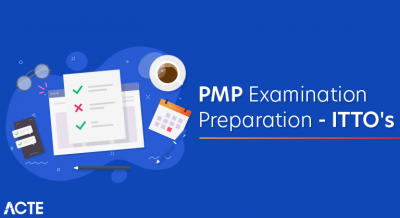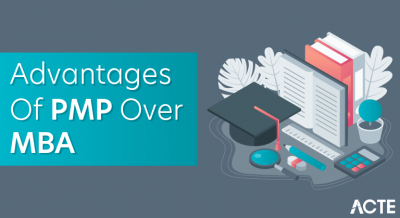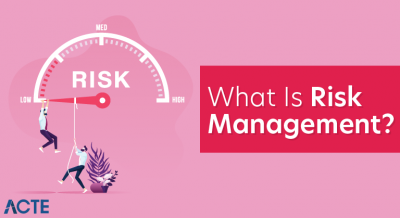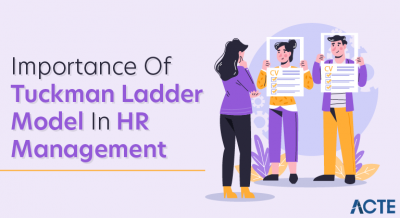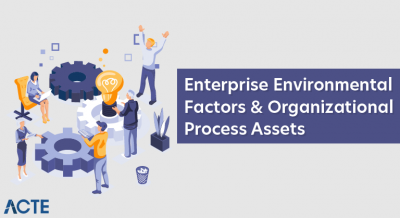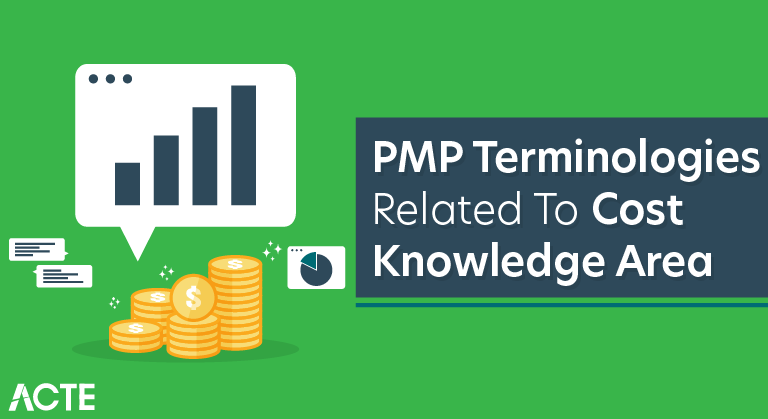
What is Cost Management?
It includes processes required to complete the project within the approved budget. With its processes, this knowledge area aims to determine the required budget to complete the project and then aims to monitor and control the project costs to meet the determined budget.
The major output of this knowledge area is Project Budget. After the project scope is clear and project activities are determined, each project deliverable and each project activity will have an associated cost. Because, project resources will perform activities, and they have some costs to projects such as expenses, salary etc. And there will be tools, materials or equipment that need to be used during the project as well. These will require a budget as well.
This knowledge area primarily concerns the cost of resources needed to complete the project activities. After the budget is determined, cost management will keep on measuring and monitoring the cost performance of the project to meet the agreed budget.
Cost Management has 4 processes, three of these processes belong to the planning process group, and one of them belongs to the monitoring and controlling process group. These processes are:
- Plan cost management
- Estimate costs
- Determine budget
- Control costs.
Two Important Terms in Plan Cost Management Process
- Life cycle costing is an important term in project management. Everything that is produced has a lifetime. Do you still use your first cell phone? Most probably no. Because in today’s world, most of the technological products have at most 2 years of a life cycle.
- Value engineering is performing the same work in a less costly way. For instance, if you need a bulldozer for your construction project only for 2 months, most probably, leasing the bulldozer will be less costly than buying a bulldozer if you won’t use it in your future project works.
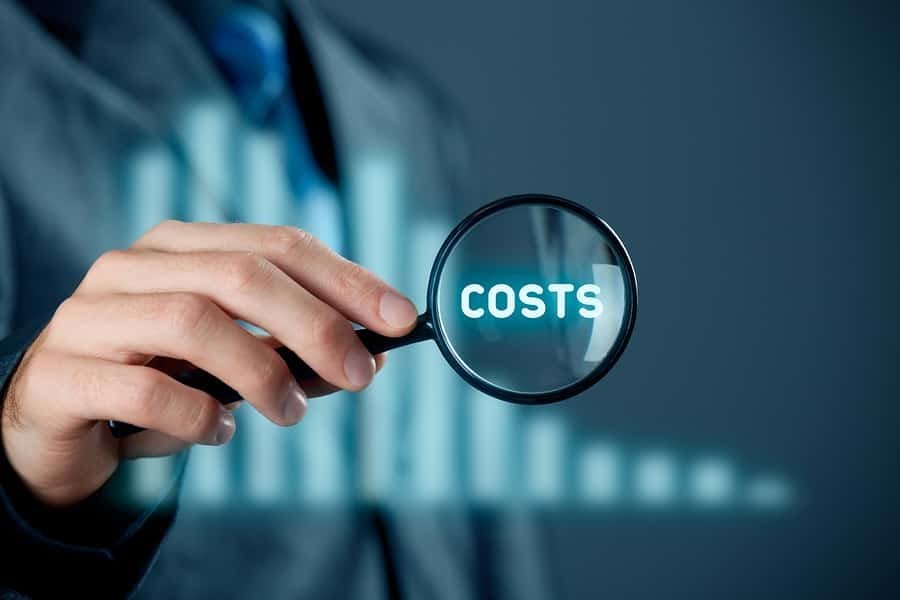
Estimate costs process
Estimate costs process is the second process of cost management knowledge. Cost estimation for each project activity and tools, materials, equipment are done in this process. Then, based on these estimations, the overall project budget is estimated.
Different types of costs in the project:
- For instance, office rent for a project is a fixed cost. Regardless of how many project resources will work, you need an office, and this cost will be in your project budget.
- On the other hand, material costs, expenses for project personnel etc. will be variable depending on the number of people or materials.
Inputs for Estimating Costs & The Accuracy of Estimates:
Inputs for estimating costs are important. Because all cost estimation is based on the inputs.
The Accuracy of Estimates is another important concept. If you need a crispy clear estimation, you will need to work more on planning to reach a more accurate estimation. Depending on the accuracy necessity, estimation must be planned accordingly.
Determine Budget Process
Determining Budget Process is the third process of the cost management knowledge area. After estimations are done, all cost estimations are combined during this process and overall project budget is determined.
Project Budget will have components. After activity cost estimates are complete, there will be contingency reserves on top of these estimates such as activity contingency, management reserve etc. to accommodate any risks if they occur during the project.
Control costs process
Control costs is the fourth and last process of the cost management knowledge area. This process mainly aims to control the project expenses and complete the project on a determined budget.
What is Progress Reporting?
Progress reporting for cost management is crucial as well. Because, based on the previous expenses and track, whether the remaining activities will be completed with the remaining budget must be assessed frequently. And these must be reported to relevant stakeholders.
What is Earned Value Management?
Earned Value Management is a critical part of the cost management knowledge area. Earned Value calculations show whether you are ahead of budget or under budget. These calculations are critical for evaluating whether the project will meet the schedule and cost targets.
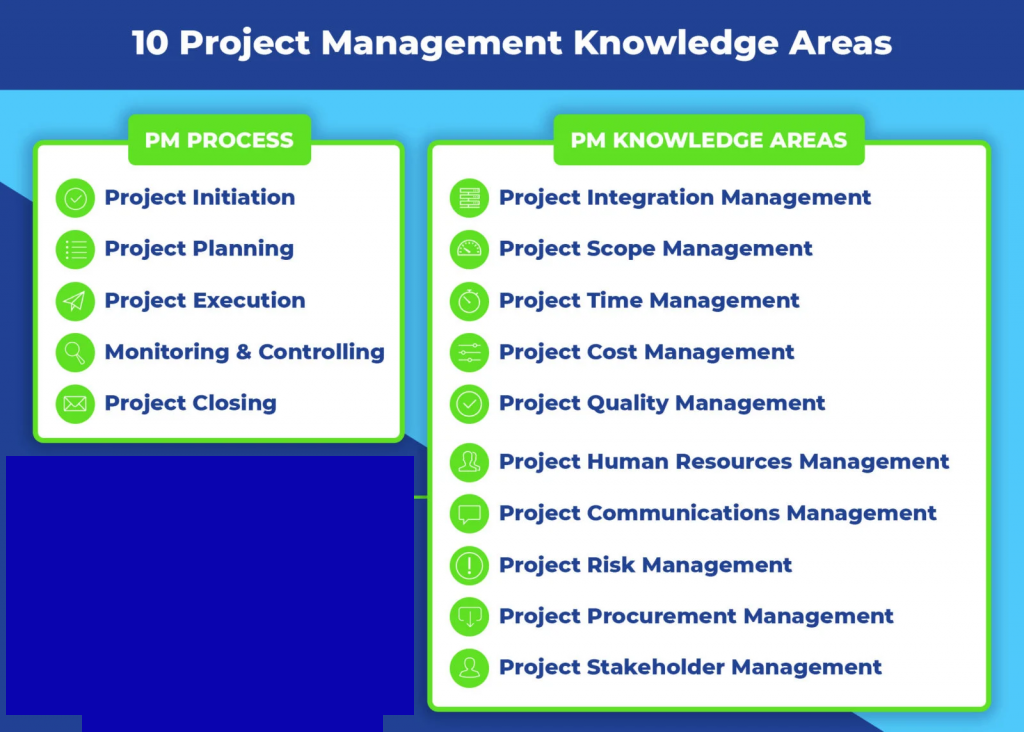
What Are the Project Management Knowledge Areas?
- PMI has divided the large field of project management into 10 more digestible parts, which it calls the 10 project management knowledge areas in its A Guide to the Project Management Body of Knowledge (PMBOK).
- Project management knowledge areas coincide with the process groups, which are project initiation, project planning, project execution, monitoring and controlling, and project closing. These are the chronological phases that every project goes through.
- The knowledge areas take place during anyone of these process groups. You can think of the process groups as horizontal, while the knowledge areas are vertical. The knowledge areas are the core technical subject matter, which are necessary for effective project management.
Project Integration Management
- What holds a project together? That would be project integration management, which includes such fundamental plans as developing a project charter that is created during the initiation phase. This is the document that sets up the project and assigns the project manager.
- Another aspect of this area is the project management plan, which is developed as a project road map for the project to reach a successful end. Once created, the project plan is approved by stakeholders and/or sponsors, and then it’s monitored and tracked through a change log as the project progresses. Project management software, like ProjectManager.com, can help managers keep track of these project plans.
- The project integration area also includes the directing and managing of the project work, which is the production of its deliverable. This process is monitored, analyzed and reported on to identify and control any changes or problems that might occur.
- Also, any change control will be carried out. That might require request forms, approval from stakeholders and/or sponsors or another admin. This area is also part of the project closure at the end of the project.
Project Scope Management
- Scope relates to the work of the project. So, that includes plan scope management, which is part of the project management plan. It also is when a detailed requirement for the final product or service is collected.
- You’ll also need to define scope in a scope statement. This is anything from a sentence to a bulleted list that is comprehensive to reduce major project risks. And a Work Breakdown Structure (WBS), which is a graphic breakdown of project work, is another part of this area.
- Validate scope during the project, which means making sure that the deliverable are being approved regularly by the sponsor or stakeholder. This occurs during the monitoring and controlling process groups and is about accepting the deliverable, not the specs laid out during planning.
- The scope statement is likely going to change over the course of the project to control the scope, such as if a project falls behind schedule.
Project Time Management
- Project time management is, no surprise, time consuming. The project is divided into tasks, which are scheduled with start dates and deadlines, as well as budgets for each task. And things are constantly changing over the phases of any project, which means revising these things often.
- This involves plan schedule management, which involves creating a schedule for the project and determining who is responsible for what. That means defining activities, which is not the same as making a WBS, but similar. So, you create a task list that touches on every aspect of the project.
- These tasks are then put in an order that makes sense, and any dependencies between them is noted. These dependencies are then determined to be either finish-to-start (FS), finish-to-finish (FF), start-to-start (SS) or start-to-finish (SF). This is mostly for larger projects.
- With the tasks now sequenced, the resources required for each must be estimated and assigned. The duration of each task is also determined at this point. All this will lead to a schedule by first figuring out the critical path and float for each task. Use a Gantlet chart to place the tasks on a timeline, and then work on resource leveling to balance resource usage.
- Once the schedule is made, plan to control the schedule are necessary. Earned value management is performed regularly to make sure that the actual plan is proceeding as it had been planned.
Project Cost Management
- This area involves the project budget, which means having good estimating tools to make sure that the funds cover the extent of the project and are being monitored regularly to keep stakeholders or sponsors informed.
- Plan cost management will determine the method to establish the budget, which includes how and if it will change and what procedures will be used to control it. Each task will have to be estimated for cost, which means including all resources such as labor, materials, equipment and anything else needed to complete the task.
- This will determine the project budget, once you take all the task costs and combine them. Then comes the need to control those cost through an earned value analysis. This is performed regularly throughout the project to make sure the estimated costs are in line with actual expenditures.
Project Quality Management
- A project can come in on time and within budget, but if the quality is not up to the standard set, then the project is a failure. Plan quality management is part of the overall project management plan, though it can be a standalone document if it contains the quality specs for the product or service.
- The process needs to include quality assurance, which is just a way to make sure that quality standards are being met. Therefore, to control quality, the deliverable must be inspected to make sure that those standards outlined in the quality management plan are being met.
Project Human Resource Management
- The project team is your most important resource, so it’s crucial to assemble the best team and to make sure they’re happy. But also you need to track their performance to ensure that the project is progressing as planned. A human resource management plan will identify their roles and their requirements for those positions, as well as how they fit in the overall project structure.
- After you’ve determined the job descriptions, it’s time to fill those positions and acquire a project team. This can be done in-house by drawing from other departments in the organization, by getting new hires or by a combination of both. The team needs development, possibly training and other things that will make them viable for the project.
- Managing the project team is an ongoing responsibility of the project manager. The team is monitored to make sure they’re working productively and that there are no internal conflicts, so everyone is satisfied.
Project Communications Management
- All areas of project management are important, but communication management might be paramount as it informs every aspect of the project. Communications inform the team and stakeholders, therefore the need to plan communications management is a critical step in any project.
- It is at this point that the dissemination of communications is determined, including how it’s done and with what frequency. Target who needs what and when. Also, note how communications will occur when issues arise in the project, such as changes.
- Manage the communications when the project is executed to make sure it runs as planned. This will also involve controlling communications by reviewing their effectiveness regularly and adjusting as needed.
Project Risk Management
- Risk management plans will identify how the risks will be itemized, categorized and prioritized. This involves identifying risks that might occur during the execution of the project by making a risk register.
- Perform qualitative risk analysis after the biggest risks have been identified and classified by likelihood and impact. Then prioritize them. Then perform quantitative analysis according to their impact on the project, such as its budget, schedule, etc.
- Now you’ll need to plan risk responses. If those risks in fact become issues, then a response needs to have been written in advance, with an owner who can make sure the risk is properly identified and handled. Controlling risk involves regularly reviewing the risk register and crossing off those risks that are no longer going to impact the project.
Project Procurement Management
- This deals with outside procurement, which is part of most projects, such as hiring subcontractors. This will obviously have an impact on the budget and schedule. Planning procurement management starts by identifying the outside needs of the project and how those contractors will be involved.
- Now conduct those procurement by hiring the contractors, which includes a statement of work, terms of reference, request for proposals and choosing a vendor. You’ll want to control the procurement process by managing and monitoring, and then closing the contracts once the work has been done to everyone’s satisfaction.
Project Stakeholder Management
- The stakeholders must be happy, as the project has been created for their needs. Therefore, they must be actively managed like any other part of the project. To start one must identify the stakeholders. It’s not always easy, but it’s a crucial part of starting any project, so find out who they are and what concerns they have.
- Now plan stakeholder management, which means listing each stakeholder and prioritizing what their concerns are and how they might impact the project. This will lead to managing stakeholders’ expectations to make sure their needs are met and that you’re in communication with them.
- Throughout the project, control stakeholder engagement. Do this by determining if the stakeholders’ needs are being addressed. If not, figure out what changes need to be made to either satisfy those needs or adjust the expectations.


